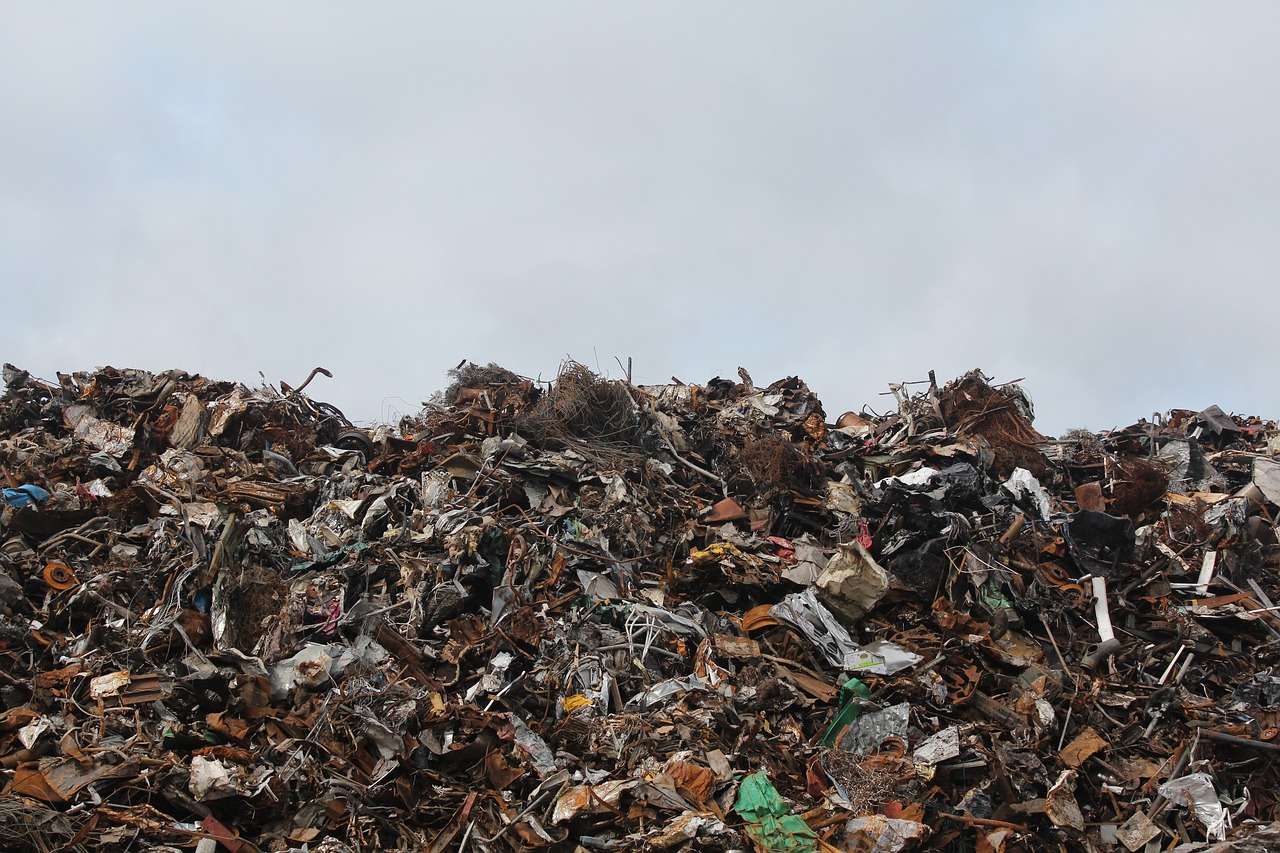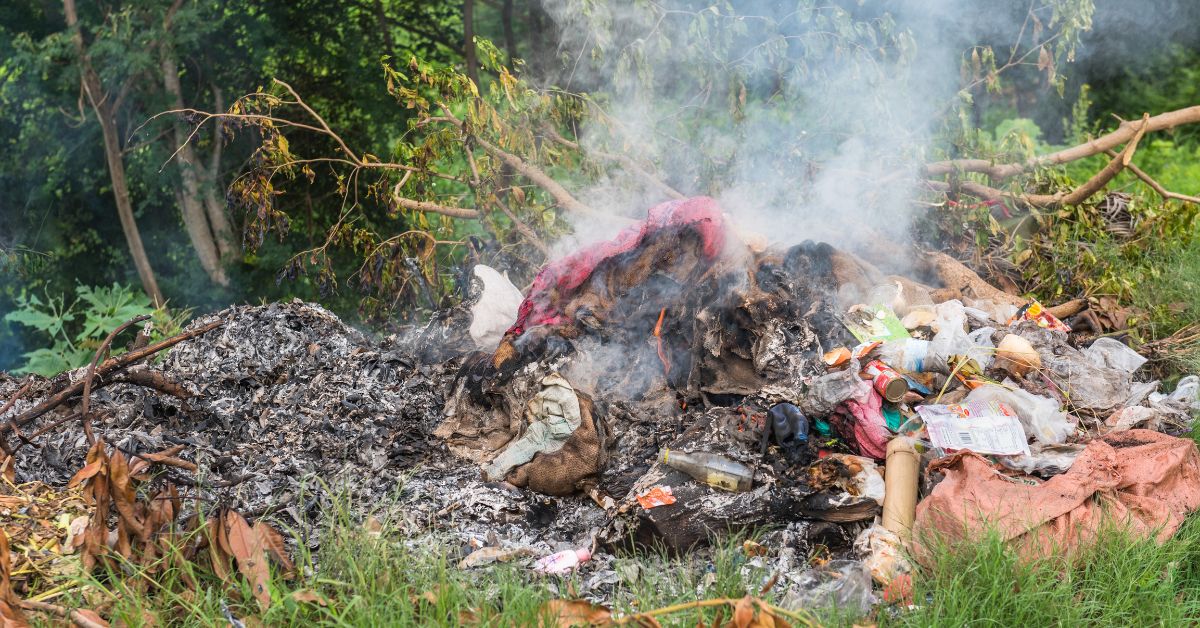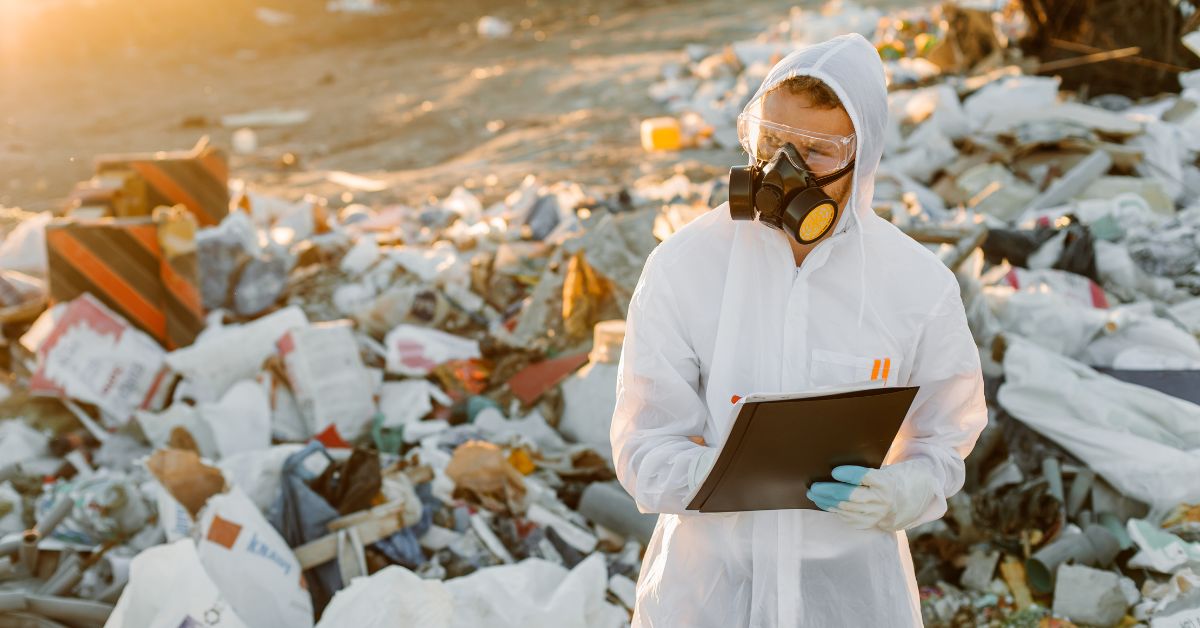Types of Waste Disposal
Waste disposal, in simple terms, refers to the process of handling, managing, and discarding unwanted or unusable materials. These materials may be solid, liquid, or gaseous and could originate from residential, commercial, agricultural, or industrial sources. The types of waste disposal methods vary depending on the nature and source of the waste, environmental regulations, and available infrastructure.
But here’s a hard truth—improper waste disposal causes environmental damage, health risks, and land degradation. So, to prevent these, understanding proper waste disposal techniques is crucial.
Understanding the Importance of Proper Waste Disposal
Let’s face it—without proper waste disposal, our planet would drown in garbage. Implementing effective disposal techniques isn’t just an environmental necessity; it’s a survival strategy. From reducing pollution to conserving resources, proper methods of waste management directly impact our health and sustainability.
Furthermore, the waste disposal definition includes the collection, processing, recycling, or destruction of waste materials. But it goes beyond just “throwing stuff away.” It involves conscious decision-making.
Classification of Waste and What It Means
To dispose of waste effectively, first, we must understand how to classify it:
- Biodegradable Waste: Organic matter like food scraps and garden waste.
- Non-Biodegradable Waste: Plastics, glass, and metals.
- Hazardous Waste: Chemicals, e-waste, and medical refuse.
- Inert Waste: Construction materials and debris.
This classification of waste management is essential for selecting the most suitable disposal method. You can’t treat medical waste the same way you handle kitchen scraps.
Landfilling: The Oldest Form of Waste Disposal
Landfills remain one of the most common types of waste disposal. They are structured areas where waste is buried under layers of soil. Sounds simple, right? However, modern landfills use liners and gas collection systems to reduce environmental impact.
Yet, the downside? They take up space and may cause groundwater contamination if not well-managed. That’s why sanitary and engineered landfills have become the standard for large-scale waste disposal sites.
Incineration: Burning Waste to Reduce Volume
Incineration involves burning waste at high temperatures. While it reduces the volume significantly—sometimes by 90%—it can also emit harmful gases if not properly controlled.
Still, with technologies like flue gas cleaning, this method is improving. Plus, it’s an excellent way to generate energy from waste. A real win-win if you ask us.
Composting: Turning Trash Into Treasure
When you think of methods of waste management that are eco-friendly, composting probably tops the list. It’s a natural process where organic waste is broken down by microorganisms.
Great for gardens and agriculture, composting reduces landfill load and enriches soil. It’s proof that not all waste is truly “waste.”
Recycling and Reuse: Giving Waste a Second Life
Why throw it away when you can recycle or reuse it?
This method includes the recovery of plastics, glass, metals, and paper. It conserves raw materials, reduces energy consumption, and slashes greenhouse gas emissions. It’s not just smart; it’s necessary.
Upcycling, a form of creative reuse, takes it one step further—turning waste into products of better quality. Pretty nifty, right?
Biological and Chemical Waste Disposal
Biological treatment involves using microorganisms to break down biodegradable waste. Think anaerobic digestion,w here bacteria turn waste into biogas.
Chemical disposal is more specialized—treating hazardous substances using neutralization or oxidation. Essential for labs and factories, this method demands high expertise and safety standards.
Plasma Gasification: High-Tech Waste Disposal
Enter the future: Plasma gasification. This cutting-edge technique uses electric arcs to convert waste into syngas and slag. It’s efficient, clean, and can even power homes.
Though still expensive, its potential in managing tough waste like plastics and electronics is immense.
Ocean Dumping: A Dangerous Practice
Unfortunately, not all types of waste disposal are ideal. Dumping waste into oceans was common for decades. Today, it’s illegal in most countries, and for a good reason—it devastates marine life.
Ocean dumping shows how improper waste disposal can be catastrophic.
Deep Well Injection: Out of Sight, Out of Mind?
Used for liquid industrial waste, this method involves injecting waste deep into porous rock layers. It prevents surface contamination but raises questions about long-term environmental safety.
E-Waste Management: Tackling the Digital Mess
With tech exploding, electronic waste disposal is now a priority. From smartphones to TVs, electronic junk needs special care.
Recycling components like gold and rare earth metals reduces environmental impact and reuses precious materials.
Radioactive Waste Disposal: Safety First
Perhaps the most dangerous form of waste—radioactive materials demand extreme caution. Stored in lead containers or deep geological repositories, this method prioritizes safety above all.
Construction Debris Disposal: Cleaning Up the Rubble
Think of broken bricks, tiles, concrete—that’s debris disposal. Specialized landfills or recycling plants handle this waste. Recycled aggregates are often used in road construction.
Municipal Waste Management: The Community Role
Cities play a huge part in waste collection methods. From garbage trucks to recycling campaigns, local governments help manage urban waste efficiently.
Waste Disposal Equipment: Tools That Make It Happen
Mechanical compactors, incinerators, and shredders are just a few tools in the disposal toolkit. They enhance efficiency, safety, and scalability.
Sustainable Waste Management Techniques
The zero-waste movement promotes sustainability. It includes:
- Source reduction
- Composting
- Recycling
- Energy recovery
These waste management techniques ensure we leave behind a livable planet.
Conclusion: The Right Disposal Method Matters
In conclusion, there are many types of waste disposal, each with pros and cons. The key is matching the right method to the right type of waste. Whether it’s through composting your scraps or recycling your electronics, every little action counts.
FAQs
What is the definition of waste disposal?
Waste disposal is the process of collecting, treating, and discarding waste materials in a safe and environmentally sound manner.
What are the main types of waste disposal?
The main types include landfilling, incineration, composting, recycling, chemical treatment, and plasma gasification.
Why is proper waste disposal important?
It helps reduce pollution, protects human health, conserves resources, and maintains ecological balance.
What are the challenges in waste disposal?
High costs, lack of infrastructure, public awareness, and handling hazardous waste are key challenges.
How is electronic waste disposed of?
Through specialized e-waste recycling centers that extract valuable materials and safely discard toxic elements.
Can composting replace landfills?
While composting is excellent for organic waste, it cannot fully replace landfills which handle non-biodegradable waste.




